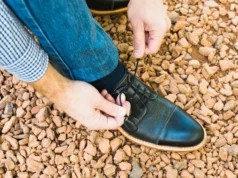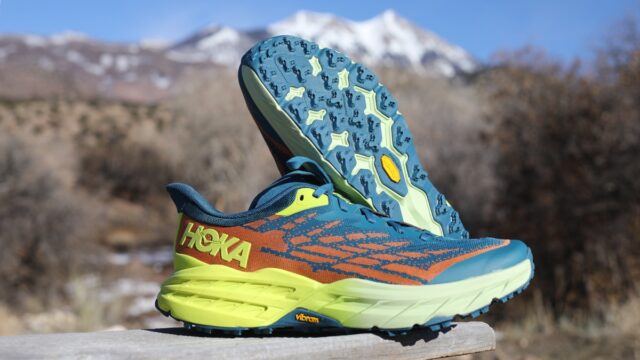
Having the right pair of shoes can make a world of difference when it comes to trail running. The rugged terrains, uneven surfaces, and unpredictable weather conditions demand footwear that provides stability, protection, and traction.
Choosing the ideal mens trail runners requires careful consideration of various factors, including the type of trails you’ll tackle, your running style, and your personal preferences. In this blog post, we will guide you through the essential aspects to consider when selecting trail running shoes for men, helping you find the perfect pair to enhance your performance and keep you comfortable on the trails.
What is Trail Shoes
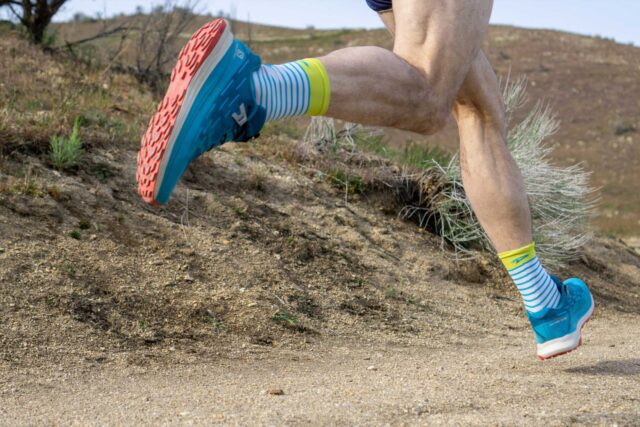
Trail shoes are a unique breed of footwear intricately designed to meet the rigorous demands of off-road adventures. Characterized by their sturdy construction and enhanced features, these shoes are reliable companions for those who venture beyond the concrete paths of cities, exploring the wild terrains of hiking trails, mountains, and uncharted outdoor paths.
With an array of distinctive features such as aggressive tread patterns, rock plate midsoles, reinforced toe boxes, water-resistant materials, and specialized support mechanisms, trail shoes are built to conquer the challenging landscapes that stand before the outdoor enthusiast.
Whether navigating slippery slopes, trudging through muddy trails, or hopping over jagged rocks, these shoes are tailored to balance comfort, durability, and stability, marking a significant departure from conventional running shoes. In this dynamic world of trail shoes, every step is an encounter with nature, and every mile is a testament to human resilience.
The History of Running Shoes
Trail running has a long history that goes back thousands of years. Ancient humans ran trails for hunting and gathering, for instance. However, the formalized sport of trail running only began to develop in the late 20th century.
When it comes to men’s trail running shoes, their history is relatively recent. The advent of these shoes corresponds to the popularization of track running as a particular activity separate from traditional road running.
In the early 20th century, running shoes were not specialized. Shoes used for running were essential, with a flat sole and minimal support, regardless of the running surface. This started to change in the mid-20th century with the advent of shoe companies.
As road running grew in popularity in the 1970s and 1980s, there was a concurrent growth in trail running. People started to explore more challenging terrain, demanding shoes that could handle these conditions.
During the late 1980s and 1990s, more running shoe manufacturers began to create models designed for off-road running, characterized by more aggressive tread patterns for better traction, reinforced uppers for durability, and increased cushioning and stability to handle uneven surfaces.
The last decade has seen further refinement in the design of men’s trail running shoes. There has been an increased focus on providing specific types of shoes for different trail conditions (muddy, rocky, mountainous, etc.), a broader range of cushioning options, and innovative upper materials for better durability and protection. Some companies even offer waterproof versions for running in wet conditions.
Understanding Your Trail Running Needs
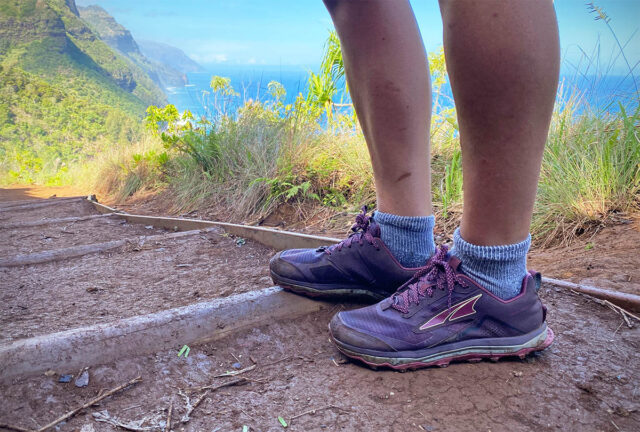
Assessing your specific needs and preferences is essential before diving into the world of trail running shoes. Consider the type of terrain you will be running on—from groomed paths to rugged mountains—and the typical weather conditions you’ll encounter.
Additionally, consider the distance and frequency of your trail runs, impacting your shoes’ durability and cushioning requirements. By understanding these factors, you’ll be better equipped to make an informed decision about choosing the right pair.
The Importance of Fit and Comfort
Fit and comfort should be at the top of your priority when selecting trail running shoes. Ill-fitting shoes can lead to discomfort, blisters, and even injuries during running. Ensure that the shoes allow your toes to wiggle without being too loose.
Look for a secure yet comfortable fit that prevents your feet from sliding around inside the shoes. Additionally, consider the shoe’s cushioning and support features, as these will play a vital role in reducing the impact on your joints and providing a smooth and comfortable ride.
Durability and Protection
Trail running can be tough on shoes, with rocks, roots, and debris posing potential threats. Choosing trail running shoes that offer durability and protection to withstand demanding conditions is essential.
Look for reinforced toe caps and durable materials in the uppers to shield your feet from impact and abrasion. Additionally, consider shoes with ample underfoot protection, such as rock plates or protective cushioning, to guard against sharp objects on the trail.
Traction and Stability
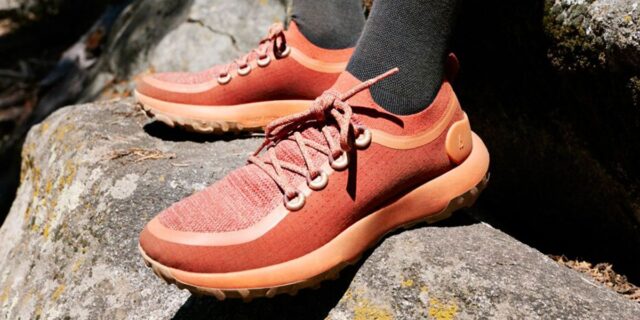
One of the most crucial aspects of trail running shoes is their ability to provide excellent traction and stability. Trails can be slippery, muddy, or filled with loose gravel, making it essential to have shoes that offer reliable grip. Look for outsoles with aggressive lug patterns of sticky rubber compounds, enhancing traction on various surfaces.
Additionally, consider shoes with stability features like a supportive midsole and a snug heel counter, which will help reduce the risk of ankle rolls and increase overall stability on uneven terrain.
Breathability and Water Resistance
Trail running often involves encounters with water, whether crossing streams, running through puddles, or enduring wet weather conditions. Breathable shoes with moisture-wicking properties are crucial to keeping your feet dry and comfortable, preventing blisters and discomfort.
Look for shoes with mesh uppers that allow for proper airflow while offering debris protection. If you frequently run in wet conditions, consider shoes with water-resistant or waterproof membranes to help keep your feet dry and maintain overall comfort throughout your runs.
Trying Before Buying
When finding the ideal trail running shoes, it’s essential to try them on before making a purchase. Visit a specialty running store where knowledgeable staff can guide you through the fitting process.
Try different brands and models, walk around, and even jog to assess comfort, fit, and performance. Feel free to ask questions and provide feedback to the store staff to ensure you find the perfect pair that meets your specific needs.
Conclusion
The right pair of men’s trail running shoes is crucial for a comfortable and enjoyable experience. By considering terrain, fit, comfort, durability, traction, and breathability and trying shoes on before purchasing, you’ll find the ideal pair to support your runs and enhance your performance on the trails. Happy trail running!



